>
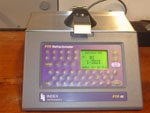 |
We are using aPTR46refractometer from |
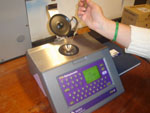 |
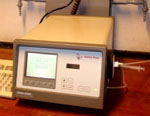 |
The |
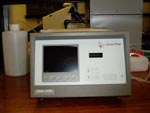 |
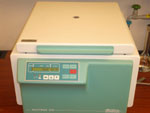 |
We are using a |
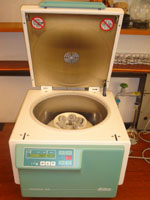 |
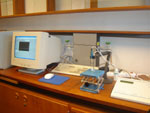 |
We are using a PHM 210 pH-meter fromMeterLab for determining the pH of our samples. We have connected amicro-electrode for measuring on small sample volumes. There is also atemperature sensor to gain accurate measurements at different temperatures. ThepH-meter is connected to a computer where a homemade program can record thepH-changes in a sample as a function of time. |  |
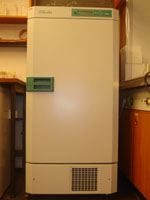 |
We have a Termaks KB8182 incubator which canbe set to temperatures in the range of -10 oC to +70 oC.This is used for samples that need to be kept at a constant temperature. It isalso possible to place a magnetic stirrer or a shaking machine inside theincubator, for samples that need homogenizing at non-ambienttemperatures. | 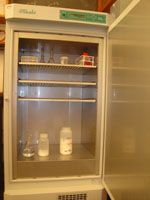 |
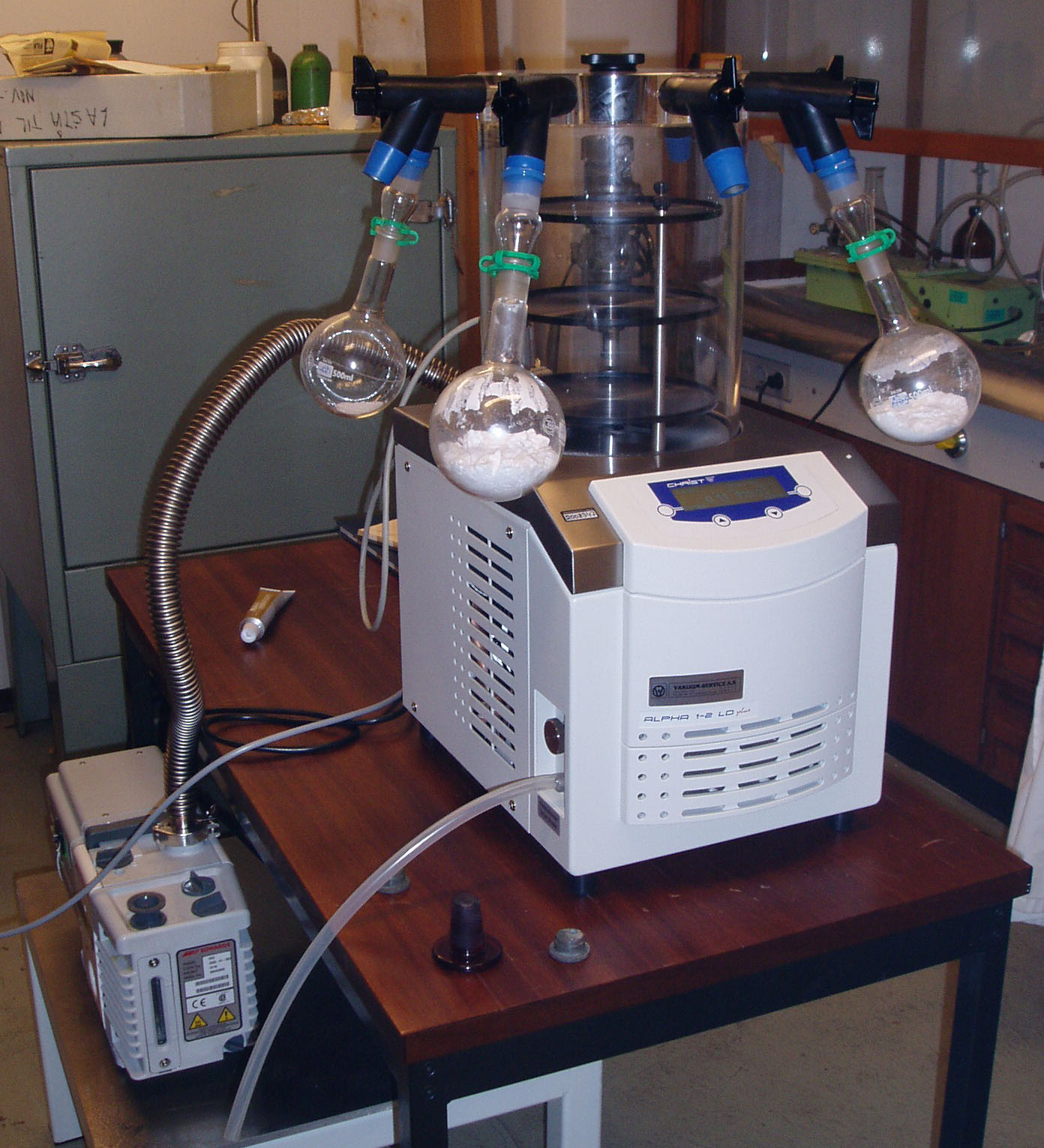 |
In order to remove low molecular weight impurities,our polymers are usually dialyzed against distilled water. To recover thepolymer in its solid form, we are using a freeze drier. | 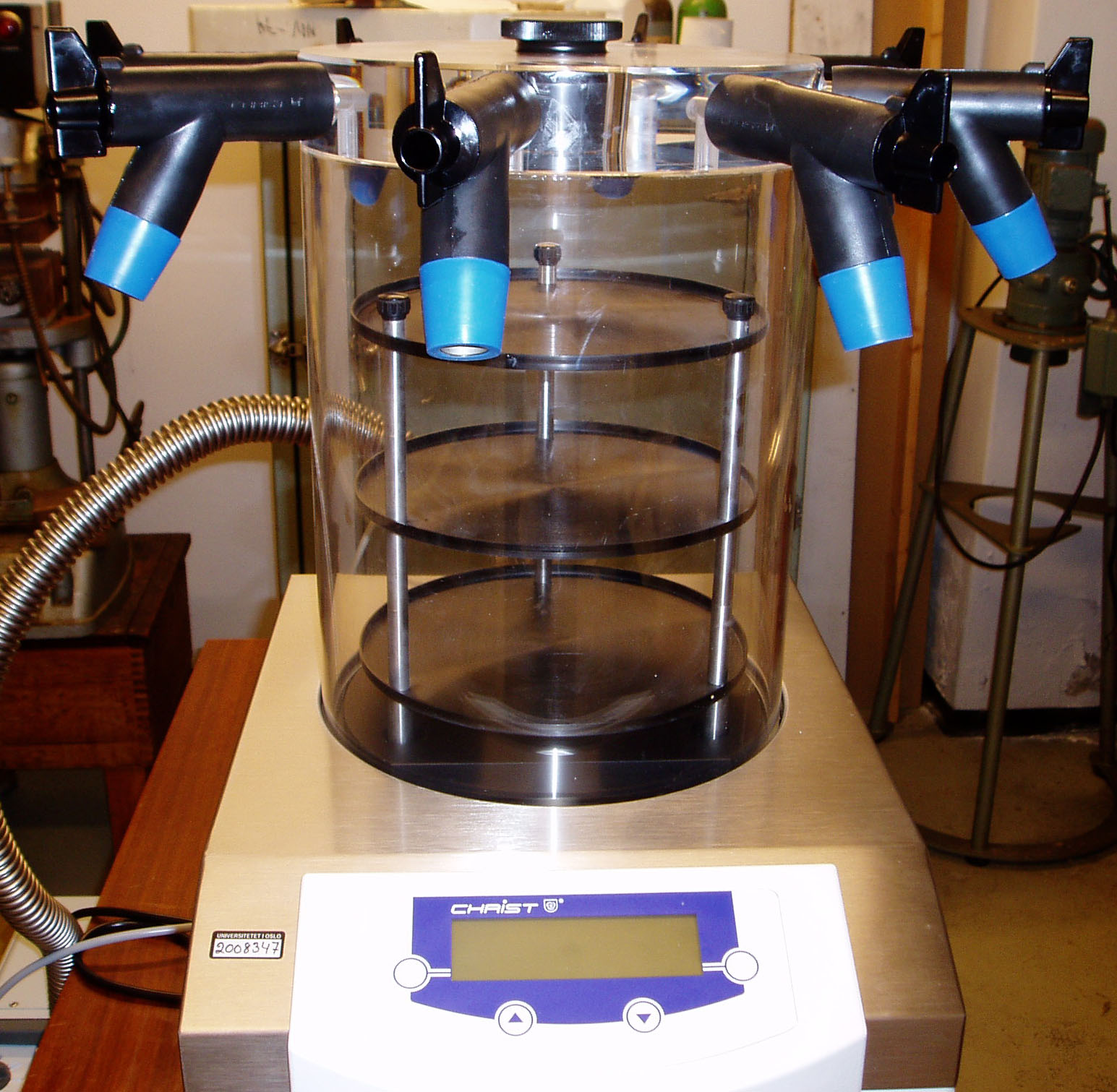 |
 |
We have several Ubbelohde viscosimeters,which can be used to determine the intrinsic viscosity and Huggins coefficientfor dilute polymer solutions. The measurements are done in a thermostated waterbath in order to ensure a constant temperature. | 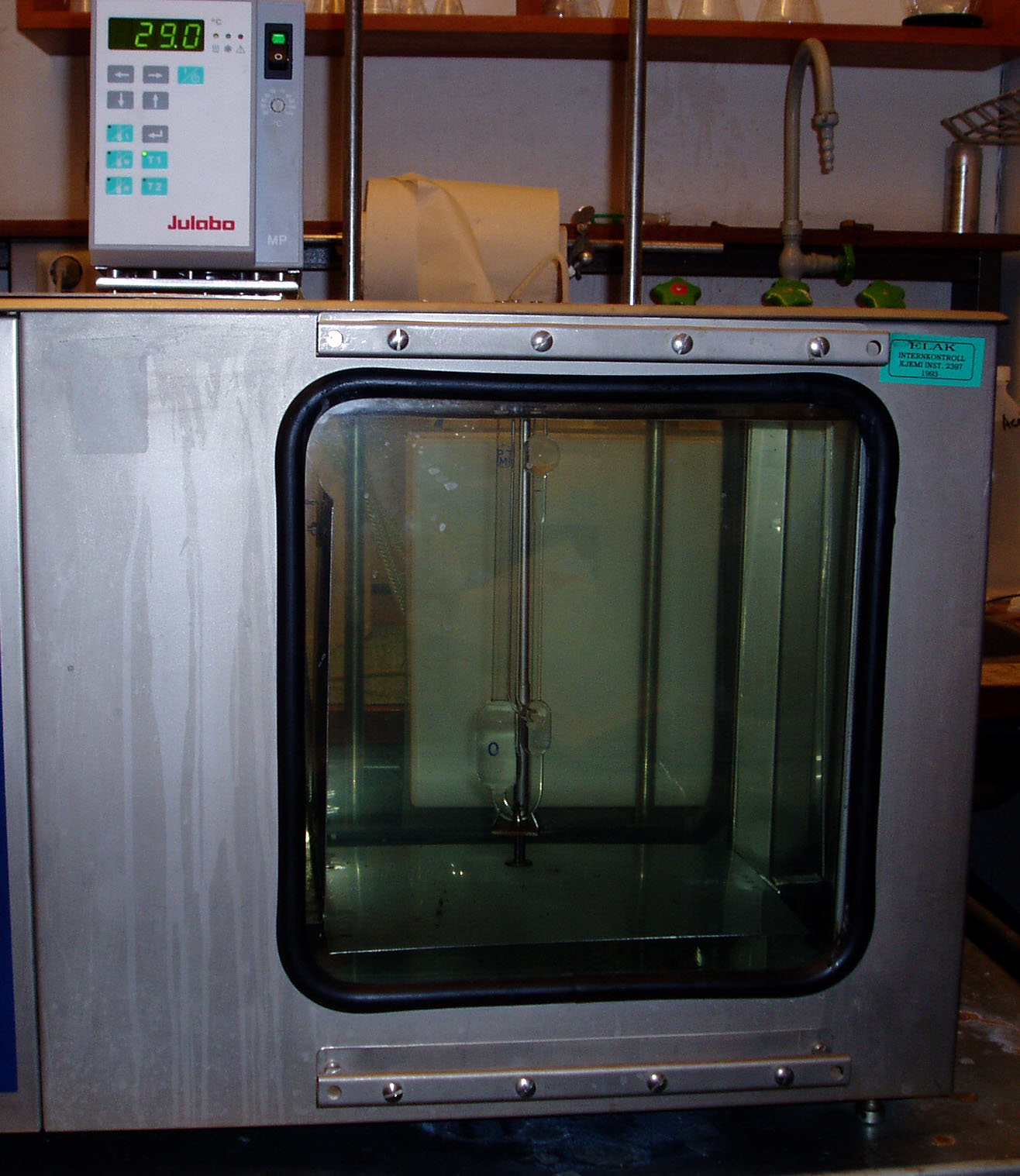 |
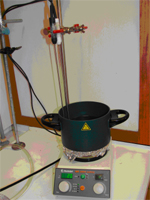 |
We are using a Heidolph MR 3004 Safetymagnetic stirrer to conduct our synthesis work (the temperature can be variedfrom room temperature to very high temperatures (300 oC) dependenton the bath which are used). The MR 3004 is equipped with a silumin topplate, and features full microprocessor control with fuzzy logic fortemperature control. This means that the unit will heat as fast as possiblewith minimal overshoot. It is equipped with a dual PT 1000 temperaturesensor for the absolute best in monitoring, heating, and controlling thesample-temperature. | 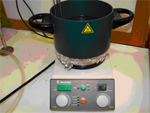 |
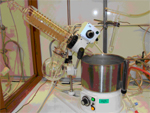 |
We are using rotary evaporator (or rotavap)for the efficient and gentle removal of common organic solvents fromsamples. | |
 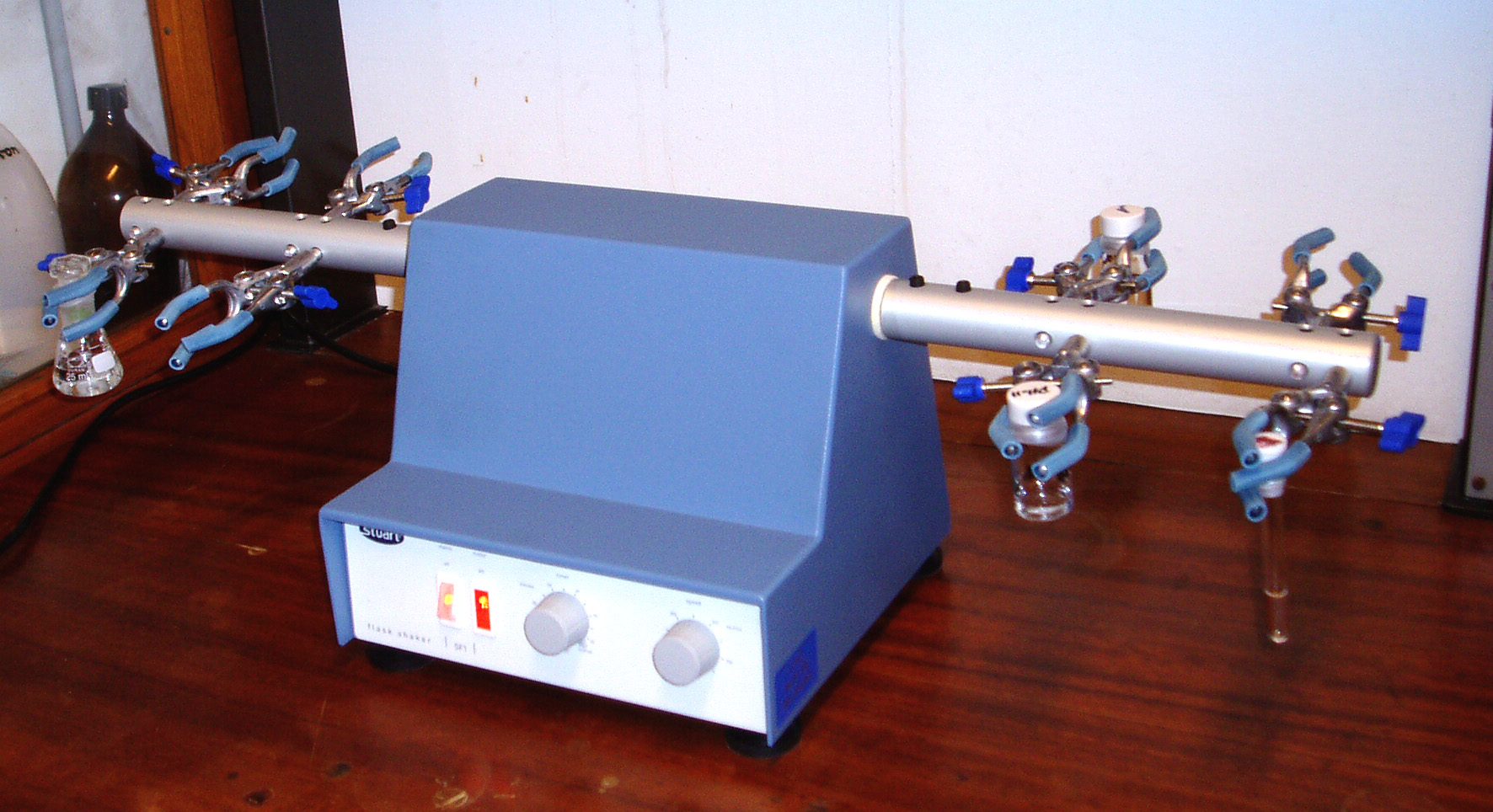 |
We have several magnetic stirrers, ashaking machine, and a mechanical stirrer, which we use tohomogenize our samples. | 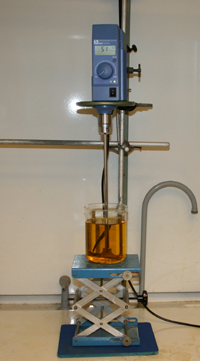 |
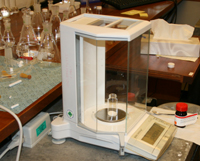 |
We have several scales for weighting inn oursamples. | 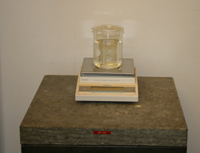 |
| Equipment for thepreparation of samples for light scattering measurements | ||
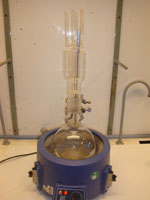 |
In order to remove all dust from the lightscattering tubes and their stoppers, we are using a tube rinsing system. Inthis system, ethanol is boiled, and the vapor is guided into thetubes/stoppers. The ethanol vapor inside the tubes/stoppers is cooled down bythe ambient temperature, and condenses. The liquid ethanol then runs down theinside of the tubes/stoppers, flushing out the dust. After this treatment, thetubes and stoppers are dried in an oven to remove all traces ofethanol. | 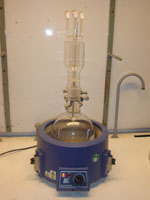 |
 |
We are using a glove box, which is flushed throughwith filtered air, for filtering our light scattering samples in a dust-freeatmosphere. | 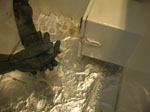 |
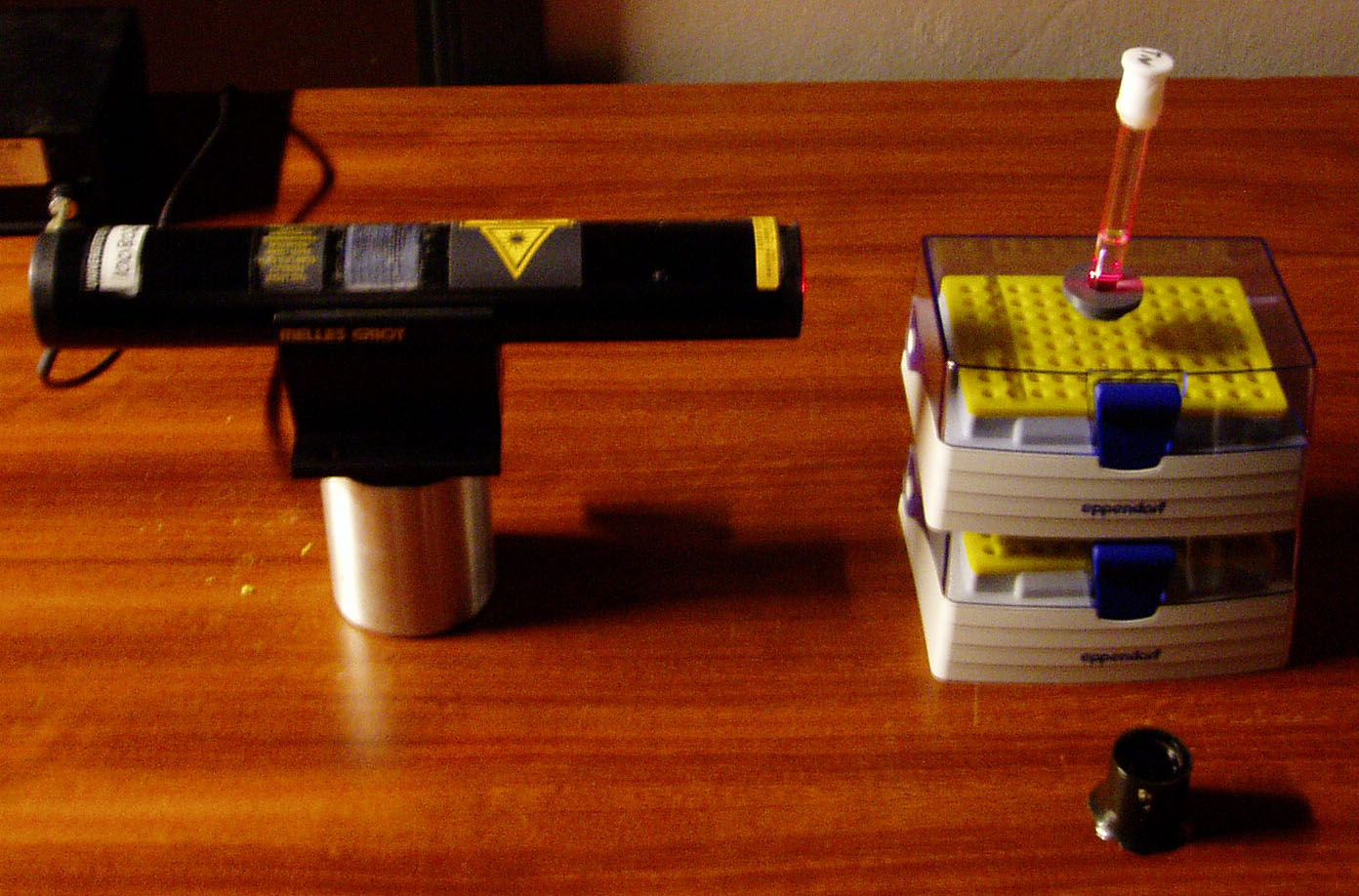 |
We are using a small laser to check if the lightscattering tubes are free of dust. Dust motes show up as bright, flashing spotsof light. It is very important that the samples used in light scatteringexperiments are free of dust. |  |